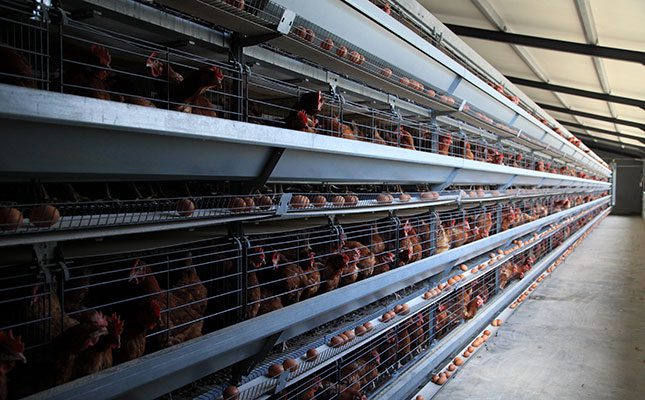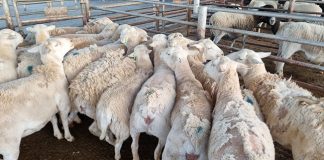
Photo: Glenneis Kriel
Izaak Breitenbach, CEO of the South African Poultry Association (SAPA), explained that wild birds carried the virus and was the mostly likely the way in which the virus was spreading, even as farmers stepped up biosecurity on their farms.
In April, a H7 outbreak occurred in the Western Cape where it was contained and did not spread further to nearby farms. A month later however, the virus infected chickens on a farm in George, where it was also contained.
“However, when the virus infected hens on a small-scale farm in Delmas, Mpumalanga last week, the farmer did not react quickly enough and so it spread to a neighbouring commercial farm. The authorities were notified and all 3 000 hens on the smaller farm and nearly 1,8 million on the second farm were culled,” said Breitenbach.
Bird flu is currently sweeping across poultry farms worldwide, mostly as a result of wild birds infecting birds on commercial farms. The strain, H5N1, is different from the H7 strain currently affecting farms in South Africa.
The Paris-based World Organisation for Animal Health (WOAH) has stated that the global outbreak of H5N1 is the deadliest in almost 10 years. This has resulted in a global rise of egg prices.
South Africa has around 27 million layer hens in production at any given time, and although removing 1,8 million hens will not hugely affect the egg supply, Breitenbach said that removing 1,8 million eggs from the daily supply over the short term could still have an effect on prices as supply was reduced.
Breitenbach reiterated that H7 was not dangerous to people even if they came into contact with infected birds.
Farmers have been cautioned to remain alert for any signs of the virus and speedily report infections. Breitenbach advised farmers to regularly check the SAPA website for updates to the infection hotspots map. If there was an infection nearby, farmers were advised to move free-range birds inside, and to step up biosecurity.











